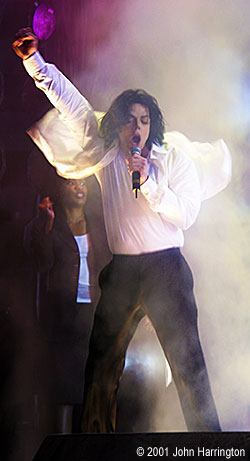New York Times Advocating Copyright Infringement?
Freelance "independent writing and editing professional" Sonia Zjawinski (LinkedIn: Profile) has published a piece - Flickr as an Interior Decorating Tool - under the New York Times masthead that, by painting with broad stokes and no caveats, writes:
And if you’re wondering about copyright issues (after all, these aren’t my photos), the photos are being used by me for my own, private, noncommercial use. I’m not selling these things and not charging admission to my apartment, so I think I’m in the clear.Ok, so she says "...I think...", well, Zjawinski, think again. The problem is, countless people will have read that article, and concluded that it was ok to infringe on the copyrights of countless people on Flickr. The responsible thing to have done would have been to have directed readers to look for the Creative Commons tags (that Flickr showcases here) that would give readers guidance about what they could, and could not, do with the photos.
The author, not content to have been hoisted up by her own petard, and pummeled in the comments section, seeks out a lawyer at the Electronic Frontier Foundation, who suggested "People are posting photographs and know very well that they are going to be viewed by people on a computer, and if someone wants to print a photo out that they see on Flickr to enjoy some other time and in some other place, that seems fairly analogous to what people did with the VCR."
Uhh, no. The author tries to cover her tracks, because, since she's a freelancer, she may have concerns about keeping the New York Times as a client, and she writes of her initial article in the second one "... a lot of people saw it as promoting thievery. That was not what I wanted to advocate by any means." It then seems she found a lawyer at the EFF who would back her position on this issue, or atleast give her cover. It wasn't until her second article (I would call it a mea culpa article) - Are Flickr Photos Fair Game for Home Printing?, (6/26/09) that the author directed readers to the Creative Commons pages, but how many people who read the first, then read the second?
It used to be that the news media would vet and fact-check the articles that went out under their masthead. Further, employees of these organizations knew that if they got it wrong or played fast and loose with the facts, they would very quickly lose their jobs. However, on this NYTimes gadget blog, facts and truth seem to have been separated from the reality of the laws that govern copyright.
With thanks to Rob Haggart over at A Photo Editor, and secondarily, Lane, for the heads up on this.
Please post your comments by clicking the link below. If you've got questions, please pose them in our Photo Business Forum Flickr Group Discussion Threads.

